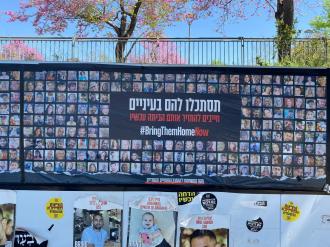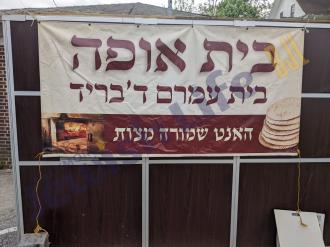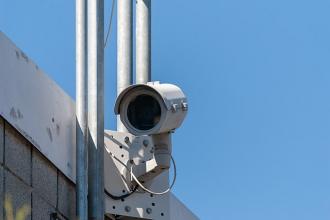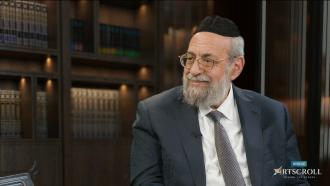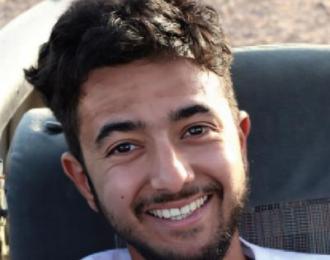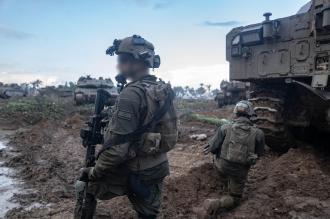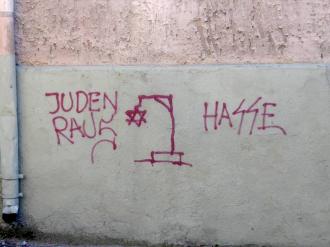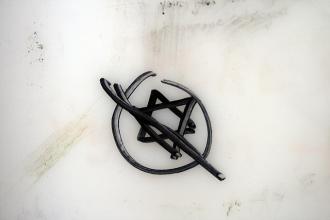The police chief of the Tel Aviv District Police, drew far-reaching conclusions following the disaster that took place during the funeral of HaGaon HaRav Shmuel Halevy Wosner ZT”L. Police prepared for the Levaya of HaGaon HaRav Aharon Yehuda Leib Shteinman ZT”L a year and a half in advance in case the dreaded day would come.
BeChadrei Chareidim reports this was what led to a series of police actions at Rav Shteinman’s levaya. The police acted actively, taking control of the levaya convoy, and carried out an exercise – which, of course, did not receive approval from anyone, but was very significant in crossing the huge funeral with hundreds of thousands of participants within a short period of hours, while preserving human life.
A long convoy of police vehicles, United Hatzalah and MDA accompanied the ‘Ezra L’Marpeh ambulance from the Mayanei HaYeshua Hospital to the home of Rav Shteinman at 5 Chazon Ish Street in Bnei Brak. When the convoy reached Chazon Ish from Rabbi Akiva Street, the ambulance continued passing the street.
Rabbi Yaakov Rosenstein – Kobi, as he is known to many – one of his confidants and one of the closest to Maran, called the driver in the ambulance ‘Ezra L’Marpeh, a driver who also drove Maran in his life:” Sagiv stop! However, the driver adhered to the instructions he received from the police officer, and continued driving as he was instructed would be the case in advance, while at this time Tehillim were recited via the speaker system.
The ambulance carrying niftar continued to travel, with the long convoy of emergency vehicles still standing, and only a few vehicles escorted the ambulance on its way, and when they finished reading Tehillim, the ambulance was already far and deep inside Chazon Ish Street, near HaNevia Street. He kept on driving slowly accompanied by police vehicles in the direction of the cemetery.
In the meantime, at 5 Chazon Ish, at the conclusion of the eulogy and the words of chizuk, the announcement was heard the niftar is now being driven to the cemetery. The convoy proceeded very slowly from Maran’s home with the police escort.
Since the emergency vehicles had not yet begun to travel, those present mistakenly thought that the niftar was still in place in one of the ambulances and as long as these were not advanced the public surrounded them, numbering in the tens of thousands.
After more than half an hour since the niftar arrived at the Ponevezh cemetery, the public slowly began to understand that the niftar had long since left, and began walking toward the cemetery.
This was the decision of the police command, which conducted the operation at the district level (Tel Aviv) and not local level (Dan) without updating or sharing the plan with persons close to the niftar.
Apparently, this move, along with the lack of telephone and Internet access in the entire area, prevented most reporters from reporting on the location of the niftar on-line, so that the public who did not see the ambulance or even did not know which vehicle it was in, remained standing near Maran’s home.
The lack of cellular reception at that critical time was in fact a significant factor in the success of the exercise. Whether it is a deliberate masking or a logical and natural fall due to the overload.
It is interesting to note, that without realizing it, police fulfilled did the true wish of Maran, who did not have a Hesped, and the actual Levaya lasted only 30 minutes.




